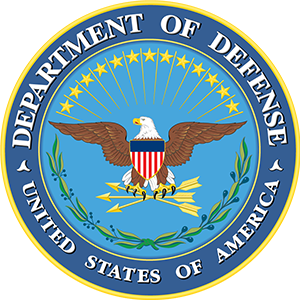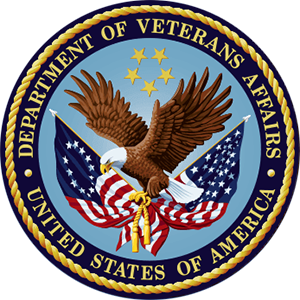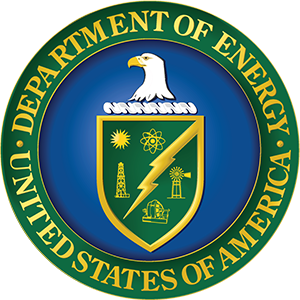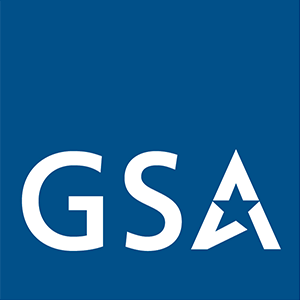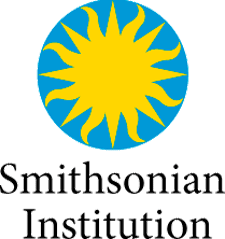3.1.3 | 4.1.1
This seminar covers the need for additional Combined Heat and Power resources, a review of the use of Combined Heat and Power in the Federal sector, a summary of various prime mover and thermally activated technologies and their applications. The course also covers case studies and best practices and the opportunities to develop alternative financing and project funding to support CHP technology deployment.
Instructors
Bob Slattery, National Renewable Energy Laboratory (NREL) Read Bio
Bob Slattery is a staff member of the Commercial and Industrial Energy Efficiency group at Oak Ridge National Laboratory where he supports the FEMP ESPC program through engineering and economic analysis. Slattery's 20 years of experience includes materials and product development, manufacturing, and technology deployment. He holds a Bachelor of Science degree in mechanical engineering from Villanova University and a Master of Science degree in engineering and technology management from Santa Clara University.
Patricia Welesko Garland, Program Manager, Oak Ridge National Laboratory Read Bio
Patricia Welesko Garland is a Program Manager in the Energy and Transportation Science Division at Oak Ridge National Laboratory. With 29 years of technical experience, she has performed laboratory research, pilot plant testing, technology transfer assistance, engineering analyses, and program planning. Garland holds Master of Science and Bachelor of Science degrees in chemical engineering from the University of Tennessee and Carnegie-Mellon University, respectively. She is a Certified Energy Manager. In 2006, Garland received the CHP Champion award from the United States Combined Heat and Power Association.
Learning Objectives
By completing this course you will have a demonstrated knowledge of:
- Define CHP for on-site power generation;
- Discuss potential benefits of CHP for the learner's site or facility including whether the site has characteristics that make CHP cost-effective;
- Discuss "prime mover" and "thermally activated technologies," including the advantages and limitations of specific technology options;
- Conduct a feasibility analysis to inform the technical feasibility and cost effectiveness of implementing a CHP project;
- Understand best practices and lessons learned from CHP projects in the Federal government; and
- Consider the potential financing vehicles including CHP as part of an ECM in ESPCs, UESCs, and PPAs.

